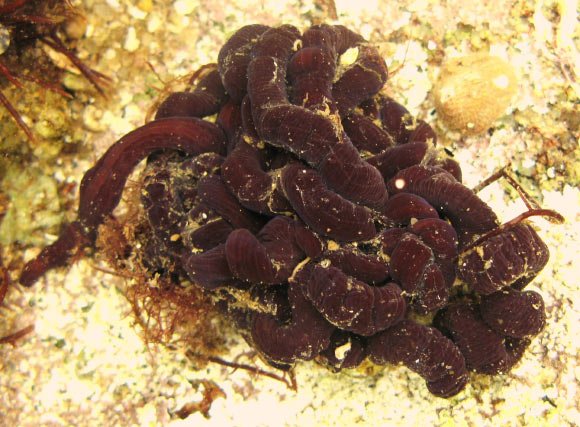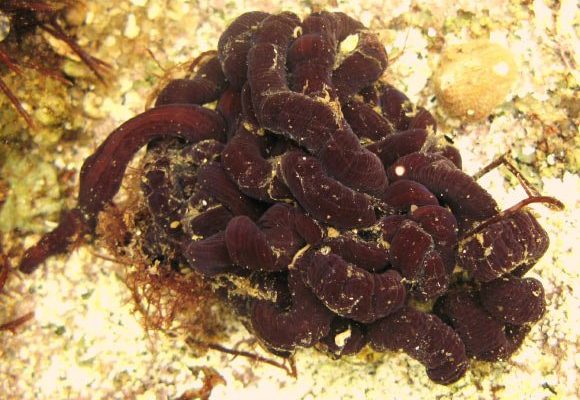
Picture a bustling city where cars spew exhaust and factories release waste into rivers. Now, imagine what that pollution does to the delicate marine ecosystems, including bootlace worms. In this article, we’ll dive into the impact of pollution on these fascinating organisms, exploring their habitat, biology, and how they cope with environmental changes. So, grab a cup of coffee and let’s explore the world of bootlace worms and pollution together.
Understanding Bootlace Worms
Bootlace worms belong to the family *Lineidae*, and you could say they have a bit of a celebrity status in the worm world. With their impressive lengths and sometimes bright colors, they are a sight to behold in marine environments. These worms can be found primarily in the waters of Europe and North America, often lurking beneath the sand or in murky waters.
Their bodies are made up of many segments, which allows them to move gracefully through their habitats. The unique way they move has drawn comparisons to snakes, hence the name “bootlace.” These worms play an essential role in their ecosystems by contributing to nutrient cycling and serving as prey for various marine animals.
However, their biology comes with some vulnerabilities, particularly when their habitats are compromised by pollution. You might think of them as the canaries in the coal mine—revealing the health of their ecosystems through their reactions to environmental changes.
Types of Pollution Affecting Bootlace Worms
Pollution comes in many forms, and unfortunately, bootlace worms face threats from several types. Here are the main offenders:
- Chemical Pollution: This includes heavy metals, pesticides, and industrial chemicals that can seep into the oceans. These harmful substances can accumulate in the tissues of bootlace worms, causing health problems.
- Plastic Pollution: The increasing presence of microplastics in the ocean poses a severe risk. Bootlace worms could ingest these particles, leading to potential digestive issues or harmful chemical exposure.
- Nutrient Pollution: When fertilizers wash into the water, they can cause algal blooms. These blooms reduce oxygen levels, creating dead zones where bootlace worms and other marine life struggle to survive.
Each of these types of pollution can disrupt the delicate balance of the marine ecosystem. When bootlace worms are affected, it could signal broader issues within their environment that may also impact other marine species.
How Pollution Affects Bootlace Worm Health
You might be wondering, what happens to bootlace worms when they are exposed to pollution? Well, the effects can be serious.
When these worms encounter chemical pollutants, they can suffer from a variety of health issues. Some studies suggest that exposure to heavy metals can lead to reduced growth rates, reproductive issues, and even increased mortality. With fewer healthy bootlace worms, the entire ecosystem feels the impact.
On the other hand, plastic pollution can affect them in unique ways. When ingested, microplastics can block the digestive system of bootlace worms, leading to starvation. This, in turn, can reduce their populations and affect the food chain, as they serve as prey for larger animals.
Also, nutrient pollution can lead to the creation of hypoxic conditions—areas with low oxygen levels—where bootlace worms may not be able to survive. Imagine trying to breathe in a crowd; it becomes overwhelming, right? That’s similar to what happens in these dead zones.
Adaptive Responses of Bootlace Worms
Despite these challenges, bootlace worms are remarkably resilient creatures. They have developed various adaptive responses to cope with pollution. For example, some studies indicate that these worms can alter their behavior or habitat preferences when faced with pollution.
For instance, in areas with high levels of contaminants, bootlace worms might migrate to cleaner waters. This instinctual behavior helps them avoid harmful substances, thereby increasing their chances of survival. They also possess mechanisms to detoxify some pollutants, although this is not always enough against severe contamination.
However, these adaptations come with limits. Continuous exposure can overwhelm their ability to cope, leading to population declines. It’s a bit like running a marathon—you can push through some fatigue, but if you’re constantly overexerted, you’ll eventually tire out.
The Importance of Protecting Marine Ecosystems
The health of bootlace worms is a reflection of the overall health of marine ecosystems. Protecting them goes beyond saving just these worms; it’s about preserving the entire marine environment. Healthy ecosystems provide numerous benefits, including:
- Biodiversity: A rich diversity of species helps stabilize ecosystems. Bootlace worms, along with many other organisms, contribute to the balance.
- Fisheries: Healthy marine environments support fish populations, which are vital for local economies and food supplies.
- Climate Regulation: Oceans play a critical role in regulating the Earth’s climate and absorbing carbon dioxide.
Taking steps to reduce pollution and protect marine habitats is crucial. Each small action, whether it’s reducing plastic use or supporting clean-up efforts, contributes to healthier oceans.
So, are bootlace worms affected by pollution? The short answer is yes. They face significant challenges from various types of pollution, which can impact their health, survival, and the ecosystems they inhabit. However, their resilience offers hope for recovery if we take action to protect their environments.
By understanding the intricate connections within marine ecosystems, we can make informed choices that contribute to their health. Remember, every effort counts, and protecting even the smallest creatures like bootlace worms matters. Let’s work together to ensure vibrant and thriving oceans for generations to come.

